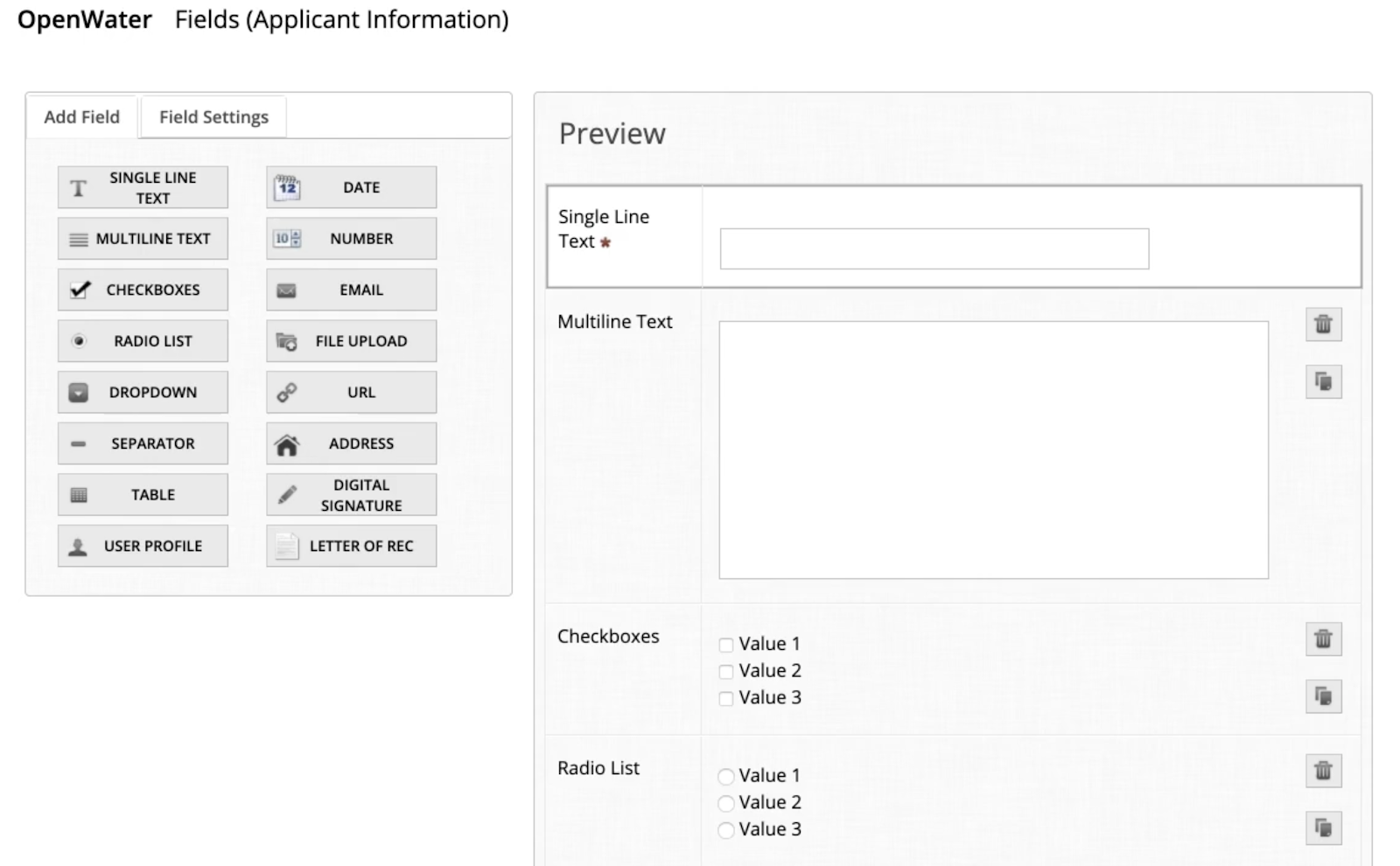
The Power of Templates: Annual Abstract Collection Made Easy
Building out a whole new abstract collection form on your website for every annual meeting can feel a lot like ‘reinventing the wheel.’ It reminds me of potato farming. Hear me out:
Every year, you’ve got the same goal in mind—harvesting potatoes. But no matter how many times you’ve done it before, you’ve still got to do the tilling, fertilizing, planting, and watering—every single year—to get to the harvest. No matter how experienced you are in the art of potato farming, there’s no avoiding these menial, repetitive tasks.
Or is there?
An Abstract Collection Template is Like a Tree.
A customized, carefully designed template feels like an apple tree in an orchard. Sure, you’ve still got to do the upkeep work of pruning, weeding, and pest spraying, but the framework is already there. The tree, absent a crisis, will bear fruit every year.
Just like an apple tree, an abstract collection template keeps the groundwork consistent, so all you’ve got to do is provide the standard pruning, trimming, and general care to keep it healthy. It’ll grow more branches over time, and evolve into its final shape all on its own. And every year, it’ll be easier to gather bigger, healthier fruit (i.e., quality annual meeting abstracts) from the growing limbs.
OpenWater Runs on Convenient Templates
Our abstract management system, OpenWater, can build and store templates for recurring events, minimizing the friction and tedium for your team. The first thing you’ll do in the OpenWater software after setting up your organization’s account is to click on “add program” and start setting up your conference or meeting.

Pick a Starting Point
Immediately, you’re given a choice to build a new template from scratch or select from our prebuilt templates—including an option for abstract collection. Either way, you’ll be able to customize it for the specific needs of your event. These templates are just a starting point to get you on your way.

Add as Many Customizable Fields as You Need
Once you’re in the form builder, you’ll have options to create and modify the fields your presenters will need to fill out as they complete their proposals. There are sixteen kinds of fields supported in OpenWater, each with a robust range of customizable options. You can see them illustrated below:

Every field is also equipped with the ability to check for user completion and prevent submission until any unfinished requirements have been properly addressed. You also have the option to add eligibility rules that will filter out unqualified abstracts before they ever reach your reviewers.
Now You Just Need to Keep it Up to Date
Once you’ve completed your template, you can store it and re-use it for every annual meeting, modifying it as necessary for changes in your process or lessons you learned from the abstract collection of the previous year. If everything is still in order, you’ll need to do little more than adjust the dates of the submission and judging periods for each new event.

OpenWater’s Templates Will Learn and Grow With You
Another significant benefit of using an abstract collection platform with template functionality is the consistency from year to year in your user analytics. When the process begins with the same baseline each year, OpenWater’s data can reveal trends in how your users are interacting with the abstract submission form, where the pain points are that dissuade them from completion, and how last year’s tweaks have impacted overall usage. These analytics are critical to improving the template over time and maximizing completions before your abstract collection deadline.
With careful design the first time around, a reusable template will make the abstract collection process feel a lot more like trimming the apple tree and a lot less like painstakingly plowing the fields.

